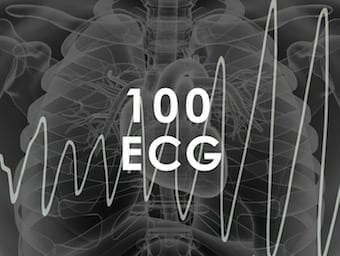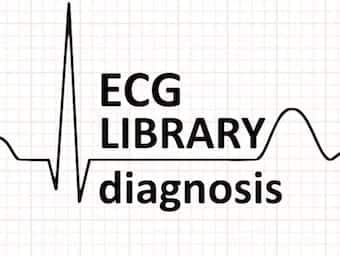
ECG Case 127
Can ST depression and T wave inversion in aVL be normal? Can BER cause reciprocal changes? Learn about using the QRS-T wave angle to answer these questions

Can ST depression and T wave inversion in aVL be normal? Can BER cause reciprocal changes? Learn about using the QRS-T wave angle to answer these questions

A man in his 40s is brought in GCS 3. Can you interpret these ECG and echo abnormalities to appropriately guide management?

With worked examples in the next three posts, we look at ways to recognise early ECG features of OMI before waiting for a "STEMI" to evolve

A 24-year-old female presents following a syncopal episode. This case incorporates basic bedside echo into our ED work-up of syncope.

A 78-year-old man presents following a self-resolved episode of right axillary pain. Add this characteristic ECG pattern to your list of spot diagnoses.

With a great case example, we discuss diagnosing OMI in the presence of intraventricular conduction delay and/or prior anterior myocardial infarction

This characteristic ECG pattern should be in every critical care practitioner's knowledge base as a STEMI-equivalent, regardless of the magnitude of ST-segment changes seen

Can you predict this patient's potassium? Patients with this syndrome may not exhibit the typical ECG features of hyperkalaemia beyond bradycardia

A 34-year-old man presents with palpitations and a regular broad complex tachycardia. Would you give adenosine?

Atrioventricular Nodal Reentrant Tachycardia (AVNRT) is a type of SVT and is the commonest cause of palpitations in patients with hearts exhibiting no structurally abnormality.

A brief history of the ECG and electrocardiography and the eponymous names behind the ECG/EKG...
